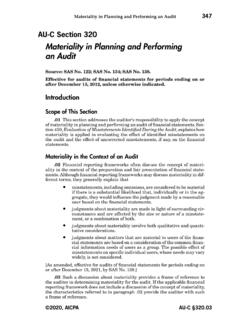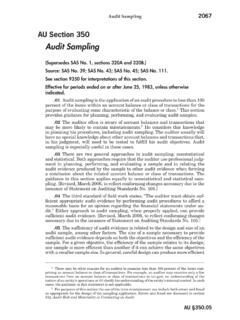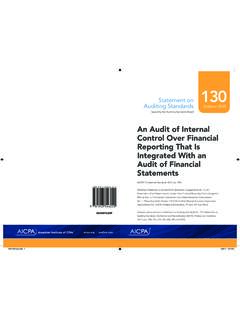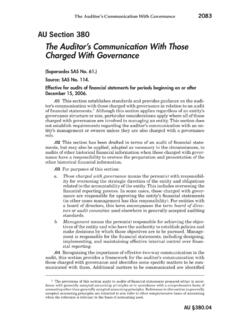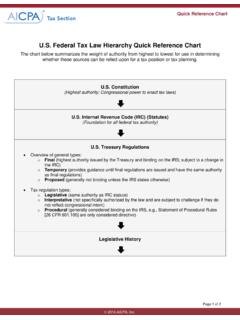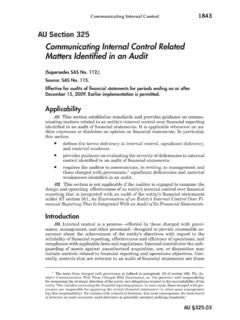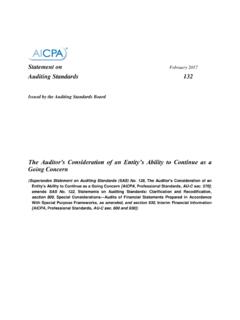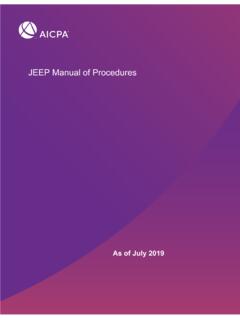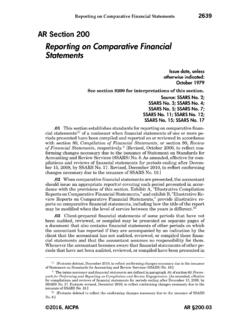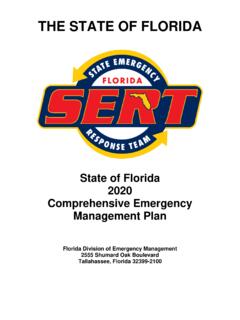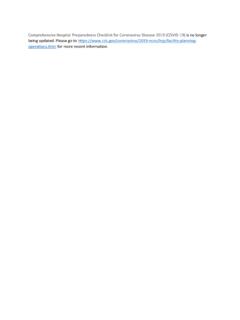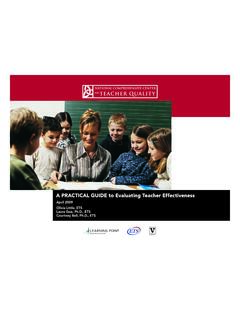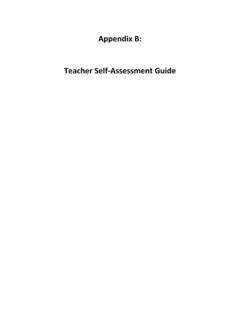Transcription of The importance of internal - AICPA
1 The importance of internal control in financial reporting and safeguarding plan assetsEmployee Benefit plan Audit Quality CenterPlan advisory 2014 American Institute of CPAs. All rights reserved. AICPA and American Institute of CPAs are trademarks of the American Institute of Certified Public Accountants and are registered in the United States, European Union and other countries. SOC 1 is a trademark of the American Institute of Certified Public Accountants and is registered in the United States. The Globe Design is a trademark of the Association of International Certified Professional Accountants and licensed to the AICPA .
2 23811-374 The AICPA Employee Benefit Audit Quality Center is a firm-based, volunteer membership center created with the goal of promoting quality employee benefit plan audits. Center members demonstrate their commitment to ERISA audit quality by joining and agreeing to adhere to the Center s membership requirements. EBPAQC member firms receive valuable ERISA audit and firm best practice tools and resources that are not available from any other the center website at to see a list of EBPAQC member firms and find other valuable tools prepared for plan sponsors and other stakeholders.
3 For more information, contact the EBPAQC at This publication may be freely reproduced and distributed for intra-firm and client service purposes, provided that the reproduced material is not in any way offered for sale or more information about the procedure for requesting permission to make copies of any part of this work, please email with your request. Otherwise, requests should be written and mailed to the Permissions Department, AICPA , 220 Leigh Farm Road, Durham, NC Introduction3 Why internal control is important to your plan 4 What is internal control5 How to establish cost-effective internal control9 Monitoring your controls is critical 11 plan auditor communications of internal control deficiencies13 How your plan auditor can help you improve the effectiveness of your plan s system of internal control15 Additional resources 16 Examples of selected controls for employee benefit plansContents2 The AICPA Employee Benefit plan Audit Quality Center has
4 Prepared this advisory to assist you as a plan sponsor, administrator, or trustee in understanding how internal control over financial reporting is critical to your advisory discusses: Why internal control is important to your plan The basics of internal control How to establish cost-effective controls Monitoring your controls plan auditor communications of internal control deficiencies How your plan auditor can help you improve the effectiveness of your plan s internal control Where to obtain additional information about internal controlsIn addition.
5 This advisory contains helpful examples of controls for you to consider establishing for your advisory should be used for reference purposes a plan sponsor, administrator, or trustee, you are considered a fiduciary under ERISA As such, you are subject to certain fiduciary responsibilities, and with these responsibilities comes potential liability: Fiduciaries who do not follow the basic standards of conduct may be personally liable to restore any losses to the plan , or to restore any profits made as a result of their improper use of the plan s ERISA, your responsibilities include plan administration functions such as maintaining the financial books and records of the plan , and filing a complete and accurate annual return/report for your plan .
6 Because errors and fraud can and do occur, it is important that you establish safeguards for your plan to ensure you can adequately meet your fiduciary responsibilities. One way this can be accomplished is by implementing effective internal control over financial internal control reduces the risk of asset loss, and helps ensure that plan information is complete and accurate, financial statements are reliable, and the plan s operations are conducted in accordance with the provisions of applicable laws and regulations.
7 When internal control is effective, you have reasonable assurance that your plan is achieving its financial reporting objectives. When it is not effective, you have little or no such effective system of internal control protects your plan in two ways: By minimizing opportunities for unintentional errors or intentional fraud that may harm the plan . Preventive controls, which are designed to discourage errors or fraud, help accomplish this objective. By discovering small errors before they become big problems.
8 Detective controls are designed to identify an error or fraud after it has internal control is important to your errors and fraud can and do occur, it is important that you establish safeguards for your plan to ensure you can adequately meet your fiduciary control is a process effected by plan management and other personnel, and those charged with governance, and designed to provide reasonable assurance regarding the achievement of objectives in the reliability of financial plan s policies, procedures, organizational design and physical security all are part of the internal control process.
9 The following are some general characteristics of satisfactory plan internal control over financial reporting: Policies and procedures that provide for appropriate segregation of duties to reduce the likelihood that deliberate fraud can occur Personnel qualified to perform their assigned responsibilities Sound practices to be followed by personnel in performing their duties and functions A system that ensures proper authorization and recordation procedures for financial transactionsThe Committee of Sponsoring Organizations of the Treadway Commission s (COSO)
10 internal Control Integrated Framework provides detailed information about internal controls. COSO has been recognized by executives, board members, regulators, standard setters and professional organizations as an appropriate and comprehensive framework for internal control, and can be a valuable resource to you in setting up your plan s internal is internal control?5 internal control will vary depending on the plan s size, type and complexity; whether the plan uses outside service organizations to process transactions and manage plan investments; and the size and qualifications of the department responsible for financial control should be based on a systematic and risk-oriented approach, to ensure that there are adequate individual controls in areas with high risk, and that they are not excessive in areas with low risk.
